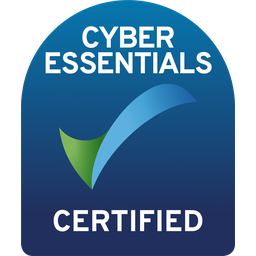It is estimated that more than 14 million people in the UK have a disability, impairment, or long-term health condition, but does your marketing reflect this?
For most of us, making life more accessible may not be at the front of our minds. But as we embrace diversity, not only in our team but also in a more general sense, it’s only fitting that we consider how we can be inclusive of disabled people in marketing efforts. Many of these changes are also simple to make and can have a significant impact on your business. Scope estimates that companies that do not meet the needs of disabled people could be missing out on a share of £420 million in revenue each week. [Scope 2016]
So, what can you do to be more accessible?
Make sure everyone can enjoy your videos.
Video is one of the most popular forms of content, so much so that 86 % of businesses use video as a marketing tool [HubSpot]. It’s important to consider how all can enjoy those videos. Adding subtitles or an audio overview can ensure that those who may have a visual or audio impairment.
Improve readability.
Readability isn’t only essential for your SEO presence; it can also impact how accessible your content is. Everyone can enjoy short and clear sentences. Also, this helps to make your message concise and means it will get to, well, the point. Using headings, simple language where possible and considering text formatting in your web design all help.
Make your call to actions obvious.
“Click Here”, “Contact Us” and more are a classic calls to action throughout a website. We are all guilty of them (we are sorting ours as I type). If you don’t say where the link is taking someone, and they are using technology to help them navigate a sight one of a few things could happen.
- You miss an opportunity to help further exploration of your site because you have not made it clear where the link is going.
- If you use vague CTA’s the person accessing the site could get whisked away to somewhere they thought they were going – but could land somewhere else ie back UX.
- They just do not know what to do next.
While design, SEO and accessibility can be a balancing act, where possible, try and make your call to actions as clear as possible. Even to whether the link could take the user on or off your site for good and what to expect when they get there.
And don't forget your images
Screen readers used by those with a visual impairment cannot read images. By adding in a description gives the consumer context. People will generally label these so that there is no confusion.
“Alt tags and image descriptions are nothing new to web design.”
However, instead of just seeing this as an SEO exercise, make sure you are actually describing what the image is over just keyword stuffing. Your website will be more accessible if each image has its own unique description versus one that has a taken a cut-and-paste-the-same-for-every-image-on-the-page approach.
You may have noticed that some social media platforms have a visual description after their content — an excellent step towards accessible social media.
Embrace #CamelCase
Camel Case is where hashtags are capitalised on the first letter of every word. Adding capital letters might not be something you have considered before. It can make a lot of difference for those with Dyslexia, cognitive difficulties and those using screen readers. Using capitals in this way breaks down the words meaning that those using specific text to speech software will read them and improve overall readability.
Offer Accessible Formats
When you’re creating your next brochure, Video or content, it’s important to offer accessible formats. One of the best ways to ensure your marketing material will be accessible is to consider what you will need in the early stages of planning rather than last-minute thought. Accessible formats can cover braille, audio descriptions, including a sign language interpreter in videos, offering large print, the list goes on. There are some great tips here on formats you may wish to include.
Our Part In Getting It Right
To ensure that this blog gave the best possible information on accessibility and making sure that it was relevant to those with a range of disabilities, not just those that we have had experience with. In doing so, we teamed up with Esi Hardy on this post. As Managing Director of Celebrating Disability, Esi and her team provide invaluable services, giving disability awareness training and inclusion support in the workplace. Below, Esi gives her take on why this matters and what you can do.
Why This Matters
ESI HARDY / MANAGING DIRECTOR OF CELEBRATING DISABILITY
As previously mentioned, there are 14 million disabled people in the UK. The online spending power of people with access requirements and disabled people is now £24.8 billion per year. However, because the majority of businesses are still not considering disabled people in their marketing strategies, £17.1 billion is being lost to businesses when disabled people click away from inaccessible websites — figures obtained from Click-Away Pound 2019 Report.
More than ever, with the effects of Covid-19 on self-isolation and the enforcement of digital technologies to continue the effective business, it is a great time to prioritise disability inclusion to capitalise on this predominantly untapped market.
“Being inclusive of disabled people isn’t all about financial gain.”
While recognising the importance of disability inclusion is growing, it is still not a top priority for businesses. Therefore, if you are a business that is tapping into this unmet need, you will be ahead of the game. If you market yourself and promote yourself in the right way, in the right places and to the right people, you can secure loyal, raving customers because you’re providing a service that in many other ways, does not exist.
Where to start...
Ask somebody who knows best. Talk to customers, people who are disabled who understand what needs to be done for everyone to engage and participate fully.
Actions you can take now to make your marketing more accessible:
- Start using #CamelCase in your hashtags. The more you do it, the sooner it becomes a habit.
- Add unique alt text and image descriptions to your website images and posts across social media.
- Include accessibility in your planning sessions from now on to make sure all output is in various formats.
- Captions are king on Video.
Have a new project you’re about to start? It’s the perfect opportunity.
Want to see what accessibility improvements can be made across your site and marketing activities?
